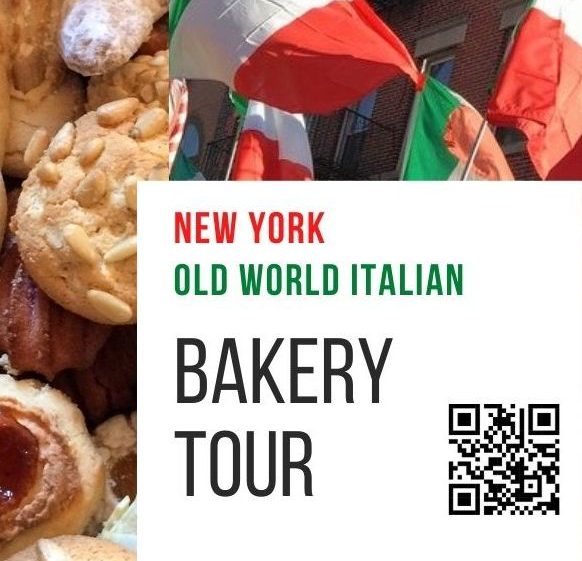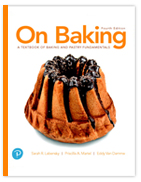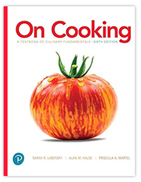You’ve nibbled a pignoli and perhaps tasted a zeppole at an Italian street fair. And I know you’ve ordered cannoli at least once. (I have.) But have you really experienced the array of sweets that fill a typical Italian bakery in a city where many have been in business for more than 100 years?
What keeps generation after generation of customers coming back?
To help you find out, I created a map of some of the older and better Italian bakeries in the five boroughs of New York. (No heavy lifting, I’m mad about bakery tours and Italian pastries.) Use my Old World Italian Bakeries of New York Map to fare una passeggiata, take a stroll, and explore the varied flavors of these venerable institutions.
Walking the streets and dipping in and out of bakeries might be a safe way to get out in these pandemic times.
Carrol Gardens and Court Street in Brooklyn, Metropolitan Avenue near Lorimer in Williamsburg, Arthur Avenue in the Bronx and the Lower East Side are particularly rich spots for an afternoon of sampling.
Before you go, click here to learn more about the Italian bakery tradition in New York. The map of some of the oldest Italian bakeries in the city’s five boroughs appears here and below. After the map I give some of the criteria I use when visiting a bakery. I hope this helps you on your trip.
L’antico torna di moda, what’s old is new again. Don’t you agree?
Old World Italian Bakeries of New York
Kitchen Notebook
What is my criteria for including these bakeries you ask? I love sweets and I respect and appreciate tradition. If a business can stay open for 30, 50, 100 years they must be doing something right. That said, some bakeries are better than others. But many bakeries make at least a few things very well. Chatting up the counter people about their most popular items often helps steer me right.
If I see something in a bakery that is appetizing but unusual, I’ll try it.
The things I like the most, all the crunchy dry cookies, usually surprise me with their quality and variability. Some bakeries might mist their rugged biscotti with orange oil or fiori di sicilia, a traditional bakery ingredient that gives a cookie a perfumy aroma. The artistry of marzipan fruit draw me in. You can tell if they are hand made or pressed in a mold. And even the molded sweets can be original. (Know that marzipan fruits make lovely if tooth-breaking displays.)
When I see real almonds, hazelnuts and walnuts in a biscotti, I am encouraged to try other items on the cookie tray. My eye spots artificial cream filling before my mouth does. If the sponge cake looks as if it has been filled with several inches of shaving cream, skip it. (It is more than likely a product made from fats, stabilizers and perhaps some milk.) There are quality real whipped cream products bakeries can use however.
Keep your eyes open for chopped peanuts dyed green to resemble pistachios. Use the prices charged as a guide too. Real bakery ingredients are costly.






